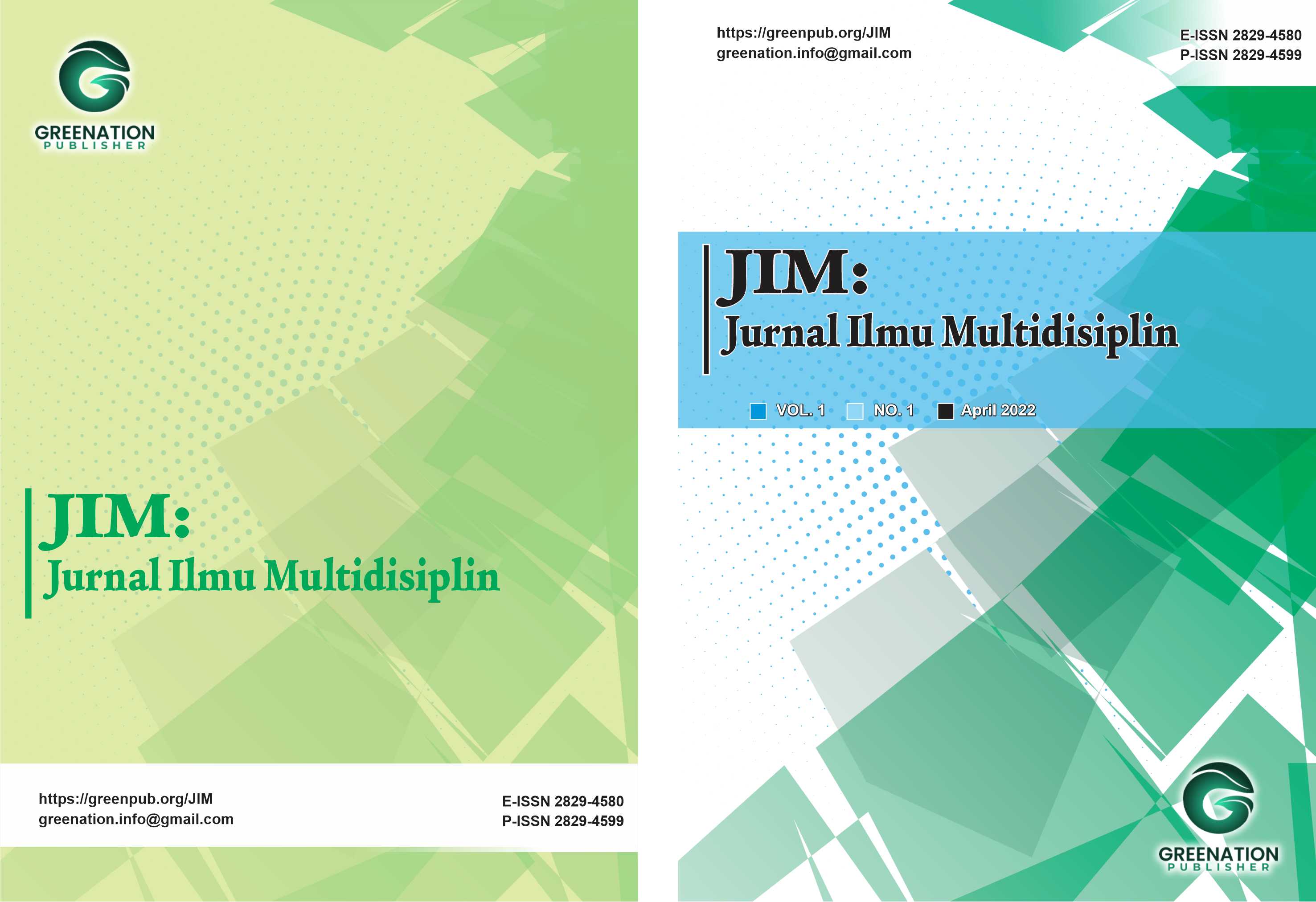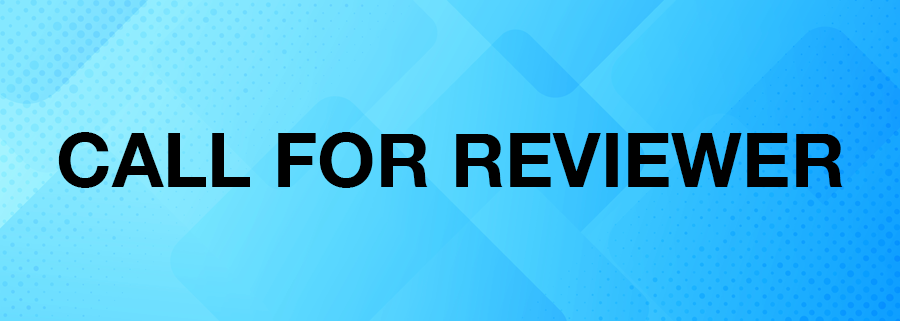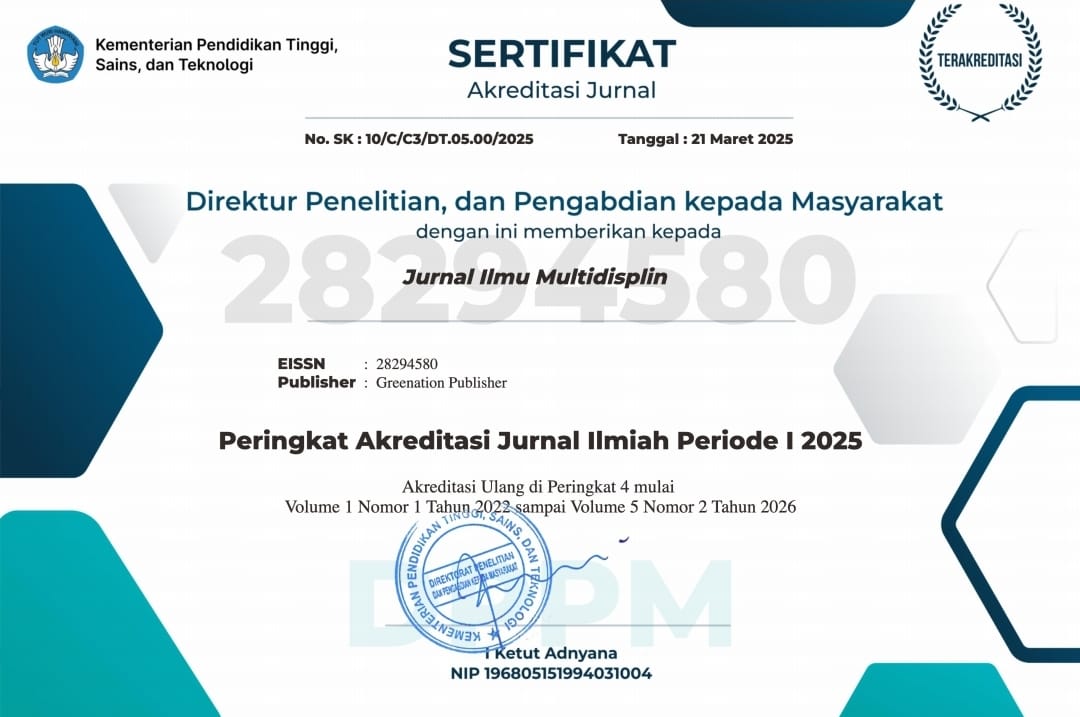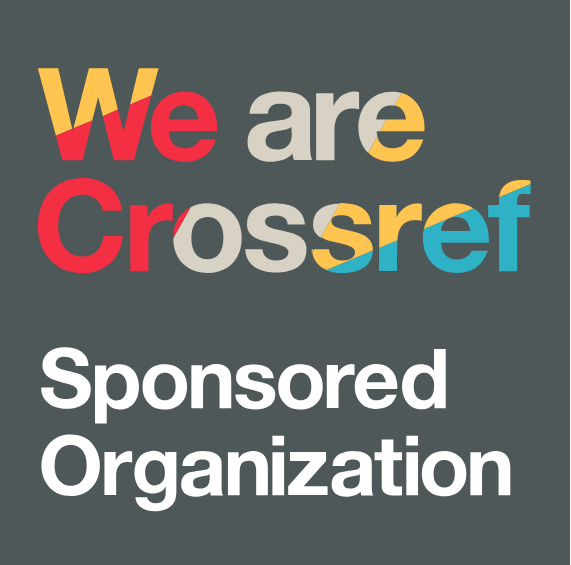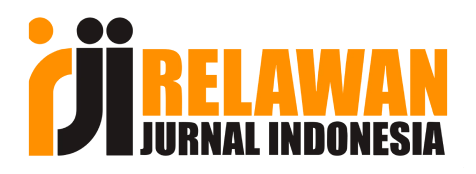Tekanan Teman Sebaya dan Strategi Edukatif Psikologis dalam Pencegahan Penyalahgunaan Narkoba di Kalangan Remaja
DOI:
https://doi.org/10.38035/jim.v4i2.1000Keywords:
penyalah gunaan narkoba, remaja, tekanan teman sebaya, pencegahan, edukasi psikologis, keterampilan hidup, self-efficacy, BNNAbstract
Penyalahgunaan narkoba di kalangan remaja merupakan permasalahan nasional yang semakin mengkhawatirkan, dengan usia pengguna yang semakin muda. Artikel ini mengkaji faktor-faktor kerentanan remaja terhadap narkoba, khususnya tekanan teman sebaya sebagai aspek psikologis utama, serta strategi edukatif dan psikologis sebagai upaya pencegahan. Metode yang digunakan adalah kualitatif deskriptif melalui studi pustaka dan pengamatan lapangan dalam program pengabdian masyarakat bersama BNN Jakarta Utara. Hasil analisis menunjukkan bahwa tekanan teman sebaya berperan signifikan dalam awal penyalahgunaan narkoba. Pendekatan edukatif berbasis penguatan keterampilan hidup, peningkatan self-efficacy, dan penguatan kemampuan asertif efektif membentuk ketahanan remaja terhadap pengaruh negatif. Peran aktif keluarga, sekolah, dan lembaga pemerintah seperti BNN menjadi faktor kunci dalam keberhasilan pencegahan. Strategi preventif yang sesuai dengan karakteristik remaja dapat meningkatkan ketahanan diri dan menekan angka penyalahgunaan narkoba di kalangan generasi muda.
References
BNN. (2023). Laporan Tahunan Pencegahan Penyalahgunaan Narkoba. Badan Narkotika Nasional Republik Indonesia. Tersedia secara daring: https://bnn.go.id/laporan-tahunan-pencegahan-narkoba-2023
Casey, B. J., Heller, A. S., Gee, D. G., & Cohen, A. O. (2019). Development of the emotional brain. Neuroscience Letters, 693, 29-34. https://doi.org/10.1016/j.neulet.2017.11.055
Erikson, E. H. (1968). Identity: Youth and Crisis. New York: W. W. Norton. https://archive.org/details/300656427ErikHEriksonIdentityYouthAndCrisis1WWNorton Company1968
Heitzeg, Mary & Cope, Lora & Martz, Meghan & Hardee, Jillian. (2015). Neuroimaging Risk Markers for Substance Abuse: Recent Findings on Inhibitory Control and Reward System Functioning. Current Addiction Reports. 2. 10.1007/s40429-015-0048-9..
Luciana, M., Bjork, J. M., Nagel, B. J., et al. (2018). Adolescent neurocognitive development and impacts of substance use: Overview of the adolescent brain cognitive development (ABCD) baseline neurocognition battery. Developmental Cognitive Neuroscience, 32, 67-79. DOI: https://doi.org/10.1016/j.dcn.2018.02.006
Santrock, J. W. (2012). Adolescence. New York: McGraw-Hill Education. https://archive.org/details/adolescence-by-santrock-john-w
Setiadi, E. M. (2021). Sosiologi: Pemahaman Fakta dan Gejala Permasalahan Sosial. Jakarta: Kencana.
Steinberg, L. (2013). The influence of neuroscience on US Supreme Court decisions about adolescents' criminal culpability. Nature Reviews Neuroscience, 14(7), 513-518. https://doi.org/10.1038/nrn3509
Sugiyono. Beberapa (2017). edisi Metode tersedia Penelitian di Pendidikan. Google https://books.google.com/books?id=2t3hDAAAQBAJ
Sussman, S., & Arnett, J. J. (2014). Emerging adulthood: developmental period facilitative of the addictions. Evaluation & the Health Professions, 37(2), 147-155. DOI: https://doi.org/10.1177/0163278714521812
World Health Organization. (2021). World drug report 2021: Global overview of drug demand and supply. United Nations Office on Drugs and Crime.
Downloads
Published
How to Cite
Issue
Section
License
Copyright (c) 2025 Aviva Leonisa, Velista Joyselin Kurniawan, Gita Azzahra

This work is licensed under a Creative Commons Attribution 4.0 International License.
You are free to:
- Share— copy and redistribute the material in any medium or format
- Adapt— remix, transform, and build upon the material for any purpose, even commercially.
The licensor cannot revoke these freedoms as long as you follow the license terms.
Under the following terms:
- Attribution— You must give appropriate credit, provide a link to the license, and indicate if changes were made. You may do so in any reasonable manner, but not in any way that suggests the licensor endorses you or your use.
- No additional restrictions— You may not apply legal terms or technological measures that legally restrict others from doing anything the license permits.
Notices:
- You do not have to comply with the license for elements of the material in the public domain or where your use is permitted by an applicable exception or limitation.
- No warranties are given. The license may not give you all of the permissions necessary for your intended use. For example, other rights such as publicity, privacy, or moral rightsmay limit how you use the material.

